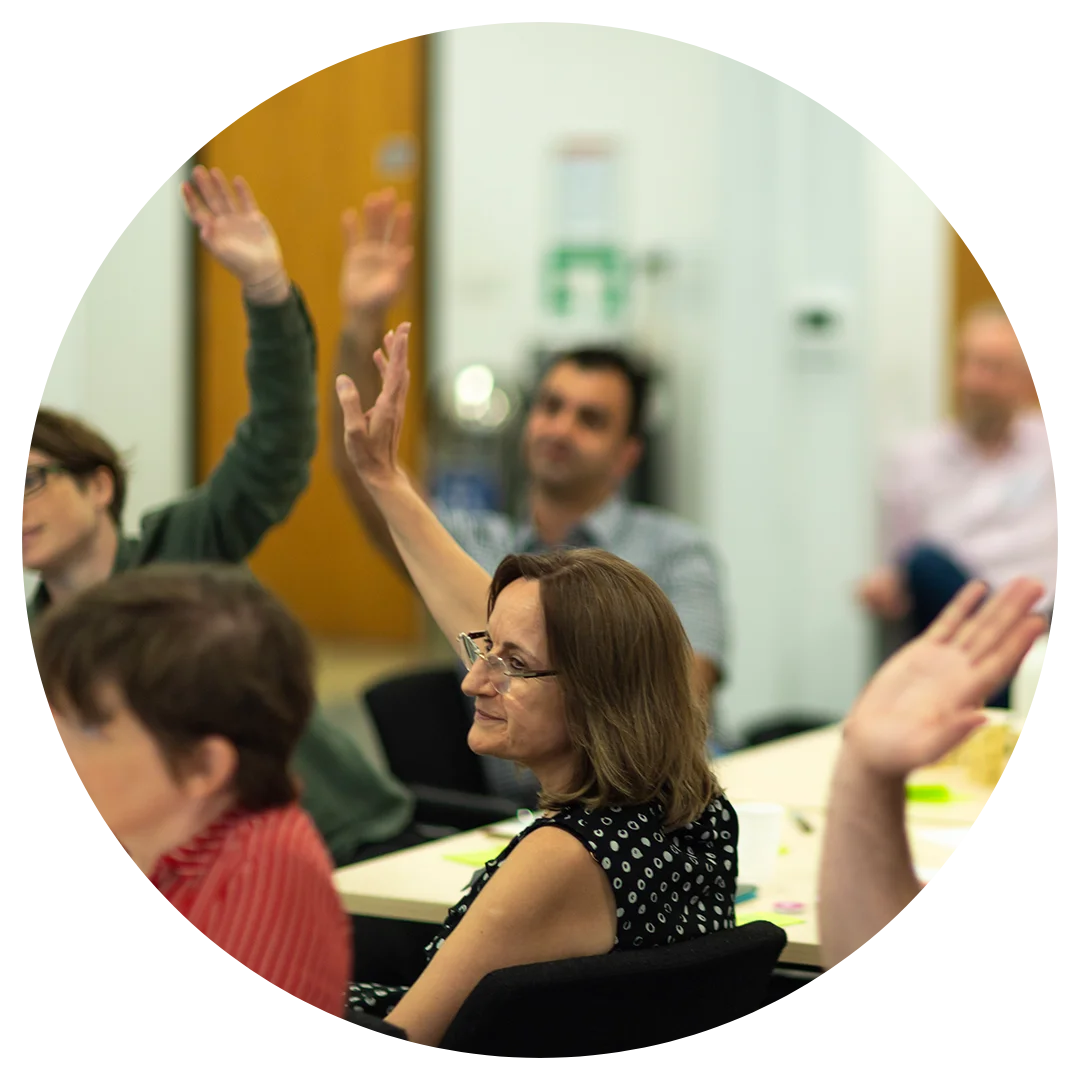Assistive Technology Case Study Library
What is it?
A searchable database (see in tile view or spreadsheet view) of more than 120 case studies on the use of Assistive Technology (AT). Each case study includes details of the user need being addressed, the desired outcome, the technology used, the quality of the evidence, the costs and Return on Investment.
Why did we create it?
Numerous AT trials have been conducted by local authorities, charities and health organisations around the world, yet it can be hard to find the results as they are dispersed across the internet. There’s therefore a risk that councils fail to learn from and build on each others’ experiences about what does and does not work, and spend money on unnecessary pilots to test ATs whose effectiveness has already been (dis)proven.
LOTI’s AT case study library aims to address this problem by enabling boroughs to search for details of previous AT trials, together with the key information about them. The library was created for LOTI by Anneliese Levy of Thoughtful Content.
Who should use it
The library is intended for use by council staff involved in the design of Assistive Technology projects.
How do you use it?
The library can be viewed below, or in full-screen mode on Airtable in tile view or spreadsheet view. There are two main ways to search for information.
- Click on the ? magnifying glass symbol in the top right-hand corner of the library and type in any keyword or phrase, for example: “care home”. This will highlight all case study records that contain a match.
- Filter by Technology Category, Outcomes Category and/or Level of Evidence.
The following Technology categories are included:
eHealth, Electronic pillboxes, eMMDs, GPS, Hydration reminders, mHealth, Mixed/not described, Mobile Apps, Robotics, Sensors, Smart home, Smart watches, Smartphones, Tablet, Telecare, Telehealth, Telemedicine, Video call, Wearables.
The following Outcome categories are included:
Better Nutrition, Better Usability, Better use of Health Services, Elderly Independence, Enabling Daily Activities, Enabling Use of Stairs, Improving Communication, Improving Hydration, Improving Mental Health, Improving Physical Health, Improving Quality of life, Improving Safety, Improving Social Interaction, Increasing Confidence & Independence, Increasing Medication Adherence, Increasing Staff Satisfaction & Skills, Living with Dementia, Reducing Caregiver Burden, Reducing Falls, Reducing Healthcare Costs, Reducing Hospital Admissions, Supporting Self-Care.
Level of Evidence:
Each case study has been scored for the quality of evidence of it provides, where 1 is the strongest evidence, and 7 is the weakest. Our scale is defined below:
- Level 1: Evidence from a systematic review or meta-analysis of all relevant RCTs (randomized controlled trial) or evidence-based clinical practice guidelines based on systematic reviews of RCTs or three or more RCTs of good quality that have similar results.
- Level 2: Evidence obtained from at least one well-designed RCT (e.g. large multi-site RCT).
- Level 3: Evidence obtained from well-designed controlled trials without randomization (i.e. quasi-experimental).
- Level 4: Evidence from well-designed case-control or cohort studies.
- Level 5: Evidence from systematic reviews of descriptive and qualitative studies (meta-synthesis).
- Level 6: Evidence from a single descriptive or qualitative study.
- Level 7: Evidence from the opinion of authorities and/or reports of expert committees.
© London Office of Technology and Innovation, 2021. This work is licensed under a Creative Commons Attribution-NonCommercial-ShareAlike 4.0 International License.


